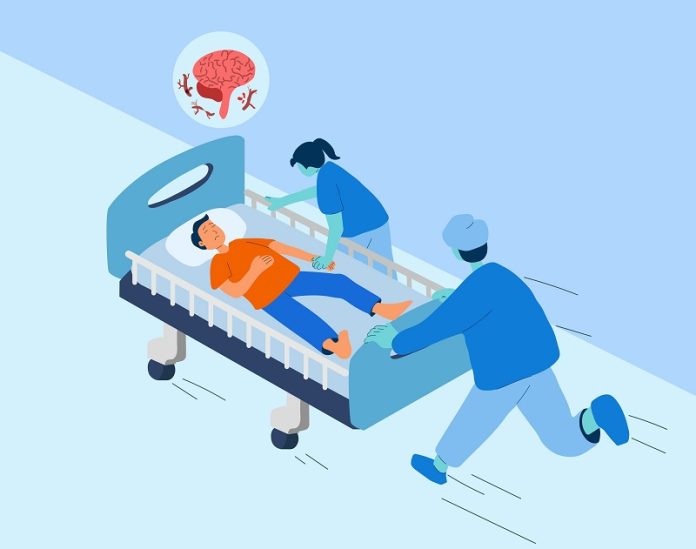
A new study has found a sharp rise in U.S. hospitalizations for a condition called cervical artery dissection—a tear in a neck artery that can lead to stroke.
Published in the journal Neurology, the study shows that hospital cases of this condition increased nearly five-fold over a 15-year period.
Cervical artery dissection happens when the wall of an artery in the neck tears, often due to trauma from a car accident or even smaller injuries, such as heavy lifting.
This tear can lead to blood clots, which may travel to the brain and cause a stroke.
While rare, it is one of the most common causes of stroke in people under the age of 50.
“It’s critical to detect this condition early,” said Dr. Shadi Yaghi of Brown University, who led the study. “Even when strokes aren’t fatal, they can result in long-term disability and a lower quality of life.”
To understand trends over time, researchers looked at U.S. health records from 2005 to 2019 and found 125,102 hospitalizations for cervical artery dissection.
The average patient was 51 years old, and more than half of the cases included a stroke.
When researchers adjusted for U.S. population size, they found that cervical artery dissection cases rose from 11 per one million people in 2005 to 46 per million in 2019. This translates to an average 10% increase per year. The trend was seen across all racial groups and in both men and women.
Some groups showed even sharper increases. Hispanic patients saw a 16% annual rise, Black patients 13%, Asian and Pacific Islanders 12%, and white patients 8%. The increase was also more noticeable in people aged 65 and older, with a 12% yearly rise compared to 8% in younger people.
Dr. Yaghi said there could be several reasons for this dramatic rise. Doctors may now be more aware of cervical artery dissection, and better imaging tools could help identify it more often. However, it’s also possible that the condition itself is becoming more common, though the exact reason remains unclear.
The study has some limitations—it only looked at hospital data, so it doesn’t count people who had a dissection but weren’t diagnosed or didn’t seek treatment. Still, the findings highlight the urgent need for better prevention and treatment strategies to reduce the risk of stroke caused by this condition.
If you care about stroke, please read studies about how to eat to prevent stroke, and diets high in flavonoids could help reduce stroke risk.
For more information about health, please see recent studies about how Mediterranean diet could protect your brain health, and wild blueberries can benefit your heart and brain.
Source: American Academy of Neurology.



